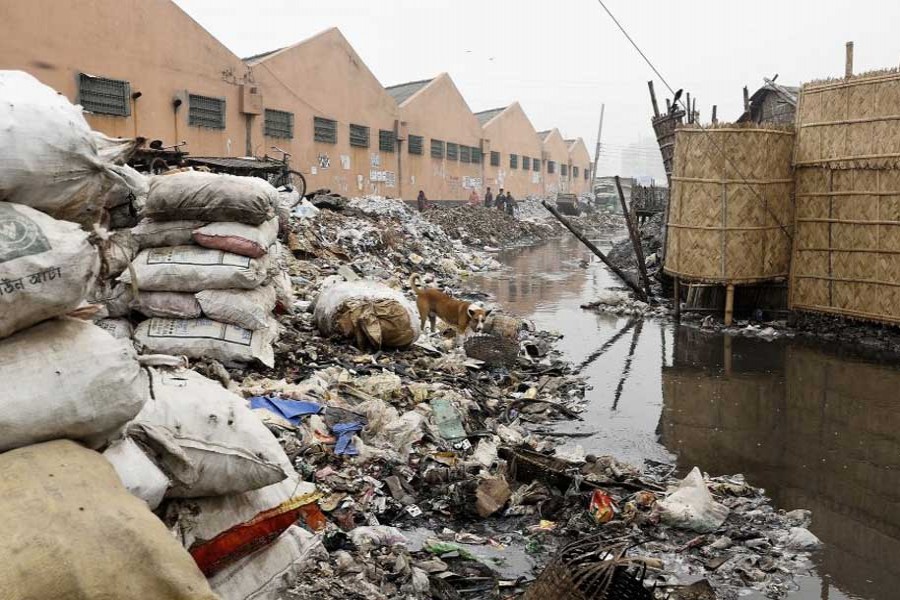More than 215,000 people in Bangladesh succumbed to pollution in 2019. The ever lurking, at times invisible, killer ~ air pollution ~ alone claimed about 175,000 lives. Water pollution was responsible for 30,000 deaths, while soil contamination, lead pollution, and occupational hazard-related pollution factors, including exposure to harmful chemicals and substances at work, made up for the rest of the death pie. This was revealed in a recent report titled “Pollution and Health: A Progress Update,” by the medical journal The Lancet, according to thestatesman.com.
While these numbers are new, the scenario is not. This dark underbelly of the growing, flourishing nation is known to all of us. Day in and day out, we breathe, we drink, we eat, we touch death like it is nobody’s business. In fact, for us, it is business as usual. Unfortunately, for our lawmakers and the government, this daily brush of the common people with death has also become an acceptable norm, which is why, despite the publication of multiple reports flagging this morose reality and the concerns raised by various quarters, little to no action has been taken to rectify this.
As late as March this year, it was revealed in a report by US-based organisations Health Effects Institute (HEI) and the Institute for Health Metrics and Evaluation (IHME) that, on an average, almost three years of a person’s life expectancy is cut by air pollution in Bangladesh. The report, titled “State of Global Air 2020: How Does Air Pollution Affect Life Expectancy around the World?”, added that outdoor air pollution is responsible for reducing 1.16 years, while indoor air pollution is responsible for reducing 1.53 years.
And Bangladesh often, unfortunately, finds itself at the top of the list of the most air-polluted countries in the world, based on the AQI score. Accord- ing to IQAir, Bangladesh was the most air-polluted country in the world in 2021 with an average AQI of 161.
Despite these, the brick kilns keep operating at full throttle, non-compliant factories keep emitting harmful gases and discharging toxic wastes in rivers and water bodies, unfit vehicles keep polluting the air, and biomass burning, fossil fuel combustion, and dust from the various ongoing development works keep choking the life out of us. And no one bothers to take any measure to stop these.
Similarly, water pollution has exposed us to various health complications, including diarrhoea and cholera outbreaks, among other diseases. Over the years, we have allowed industries to discharge their chemical and factory wastes into the rivers without a worry, which has made the waters of our rivers so toxic and polluted that they have now become hotbeds for various diseases, including harmful skin diseases and cancer. A dip in the Buriganga, and one would emerge carrying a host of germs and bacteria, resulting in immediate reactions.
And while water sources have been compromised, the lack of an efficient water purification and distribution system by Wasa has exposed the population, especially in the big cities, to deadly bacteria and viruses, which can cause a wide variety of fatal liver diseases, including Hepatitis A and Hepatitis E.


